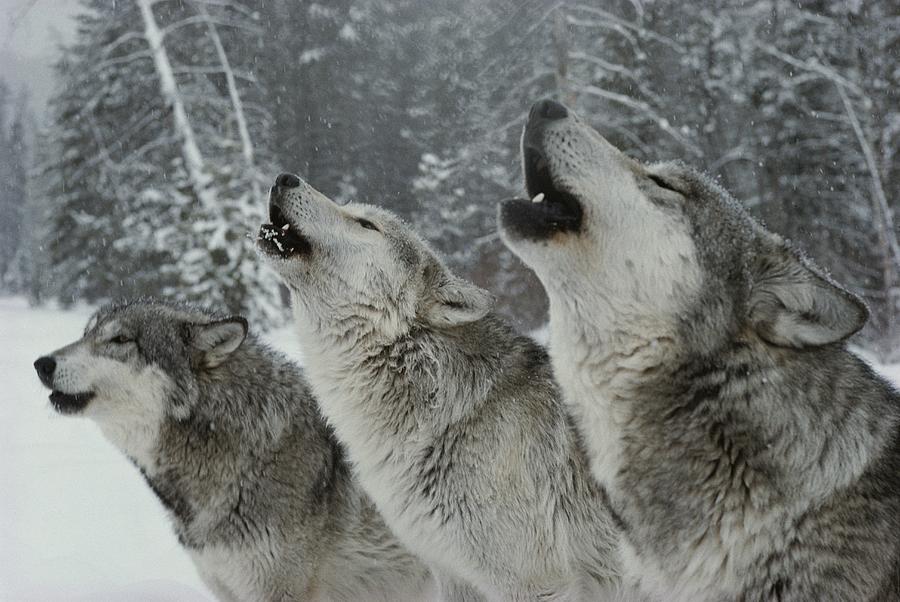
The Iowa Department of Natural Resources reported Friday, Feb. 23, that an animal found dead on the edge of Davenport has been identified as a young adult male gray wolf.
According to the DNR, the wolf, estimated to be about 2 years old, was seen laying in the I-80 median near the interchange with I-280 by an Iowa conservation officer.
Wolves are protected in Iowa and there is no open season.
Related: Court ruling lists gray wolves as endangered species
Read more from the DNR:
A large canine found lying in the median of I-80 in Scott County Monday morning has been identified as a young adult male gray wolf.
The animal, estimated to be around two years old, was seen laying in the I-80 median near the interchange with I-280 by State Conservation Officer Brooks VanDerBeek who collected it for examination.
The wolf was taken to the Iowa State University Veterinary Diagnostic Lab in Ames, and received a full necropsy on Wednesday to confirm cause of death and assess overall health. The DNR is planning to send tissue samples for DNA testing to verify if it’s a true wolf or hybrid, and its population of origin.
Based on the examination, state furbearer biologist Vince Evelsizer and state wildlife veterinarian Dr. Rachel Ruden are confident it is a gray wolf.
“He was in fair shape physically, with not much fat under the hide but a good amount of fat internally,” Ruden said. “He was also moderately parasitized by tapeworms, including Echinococcus, which is not unexpected as wild canids are the definitive host. However, this particular parasite can infect people through the ingestion of eggs in feces, so this serves as a good reminder for our hunters, trappers and wildlife rehabilitators to take care when handling coyotes and foxes.”
This wolf likely originated from the Great Lakes population in Wisconsin and Minnesota, Evelsizer said.
“Wolves have a complex social structure and will naturally disperse, typically in the fall or winter, not necessarily associated with breeding. We received a quality daylight photo of a gray wolf from a trail camera in Delaware County in November, and this wolf appears to have similar coloring, but we don’t know for sure it’s the same animal or not,” said Evelsizer. “We are thankful Officer VanDerBeek spotted this animal and picked it up.”
The Great Lakes wolf population has been steady to slightly increasing in recent years and is the closest population to Iowa. Over the last five years, Iowa averages from one to five wolves roaming through. Iowa does not have a breeding population of wolves.
“While it is rare for wolves to be in Iowa, this serves as a reminder to coyote hunters to be very sure of your target before pulling the trigger,” Evelsizer said. Information and identification tips can be found at: www.iowadnr.gov/wolves.
Coyotes typically weigh 25-40 pounds whereas wolves typically weigh 70-110 pounds. For comparison, this wolf weighed 77.5 pounds, and measured 62 inches long from nose to tip of the tail.
More from the DNR: Iowa studies plummet in gray fox population

No Comments Yet